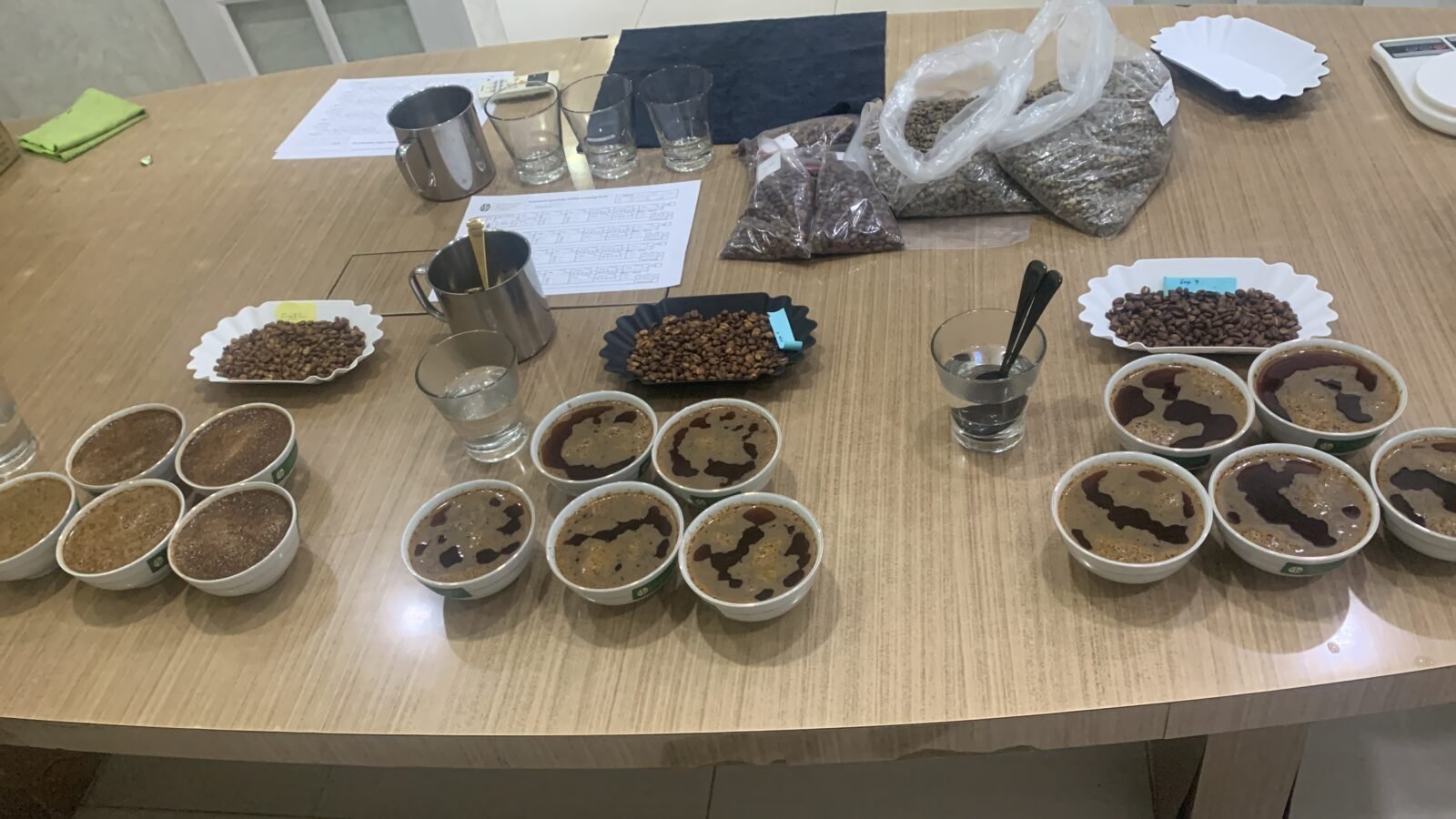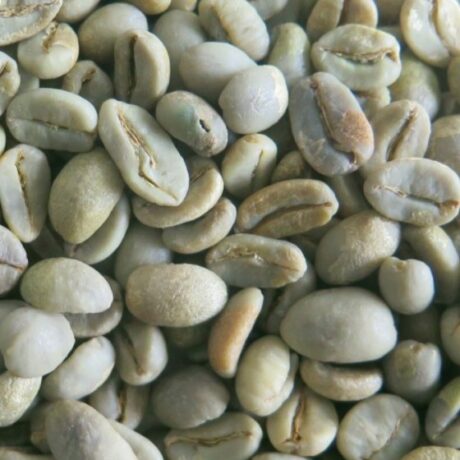Imagine standing in the early morning mist of a lush coffee farm in Sumatra. The scent of ripe cherries drifts through the air as you step into the farmer’s humble cupping station. A row of steaming cups awaits, each one holding the essence of the land—earthy, floral, or citrusy. This is cupping at origin, an intimate ritual where coffee is judged where it’s grown, and where every sip tells a story of soil, altitude, and hands that nurtured the crop.
Why Cupping at Origin Matters
Cupping at origin isn’t just a romantic experience—it’s a crucial part of coffee quality evaluation. Professional cuppers and roasters travel to farms to taste coffee in its purest context, often following Specialty Coffee Association (SCA) protocols. Each sample is brewed with precise ratios, water temperatures, and extraction times to evaluate fragrance, aroma, body, acidity, balance, and aftertaste.
Why do this at the farm? Because tasting coffee where it’s grown reveals its true terroir—flavors influenced by the soil, microclimate, and processing methods. Roasters can identify exceptional lots, detect defects early, and build direct trade relationships that benefit both farmers and coffee lovers.
The Art and Science Behind Origin Cupping
A cupping table at origin is both scientific and sensory. Here’s how it typically unfolds:
- Precise Preparation
Beans are roasted lightly to highlight natural flavors, ground evenly, and brewed with hot water under standardized conditions. - Aromas First
Cuppers inhale deeply to capture floral, nutty, or chocolate notes before the crust of coffee grounds is broken. - Slurping with Purpose
Tasters slurp the coffee loudly, spraying it across the palate to evaluate sweetness, acidity, and mouthfeel. - Scoring and Notes
Each coffee is scored on a 0–10 scale across multiple attributes, with specialty coffees requiring 80+ points to earn their title.
This process may look simple, but it demands years of sensory training. Expert cuppers can detect subtle differences—like a hint of underripe fruit or a whisper of smoke—that influence a coffee’s market value and consumer appeal.
Roaster Travel Notes
From an Experience, Expertise, Authoritativeness, and Trust (EEAT) perspective, on-site cupping adds authenticity. When roasters visit origin, they document:
- On-site photos of farms, drying patios, and cupping tables.
- Sensory notes like, “Crisp green apple acidity with a jasmine finish under the Sumatran sun.”
- Direct interactions with producers, which build transparency and trust in the coffee’s journey from farm to cup.

For instance, a roaster cupping in Aceh might capture the moment a farmer proudly shares the first pour of a micro-lot destined for specialty cafés. Sharing these real experiences not only enriches storytelling but also strengthens the bond between producers and consumers.
Building Quality and Relationships at the Source
Cupping at origin isn’t just about flavor—it’s about connection. Roasters who engage in on-site tasting can:
- Secure unique micro-lots before they hit the global market.
- Offer feedback to farmers to improve post-harvest processing.
- Build long-term partnerships that elevate local economies.
By understanding how environmental factors, fermentation, and drying impact flavor, roasters can collaborate with farmers to produce coffee that meets global specialty standards. This practice aligns with sustainable and direct-trade models, giving farmers fairer compensation for quality beans.
Enhancing Your Coffee Journey
If you’re a coffee enthusiast, cupping at origin may feel like a dream. While not everyone can fly to Indonesia or Ethiopia for a cupping session, you can experience the essence of origin by:
- Exploring specialty lots from regions like Sumatra or Aceh Gayo.
- Learning proper brewing techniques like pour-over timing or French press ratios.
- Storing beans correctly using tips from coffee canister guides.
Final Sip
Cupping at origin is more than tasting coffee—it’s stepping into the heartbeat of its creation. It’s the bridge between farmers’ dedication and the moment a barista hands you a perfect pour. Next time you sip a fragrant, balanced cup, ask yourself: Whose story am I tasting?
Would you ever travel to a remote coffee farm just to taste coffee at its source?





